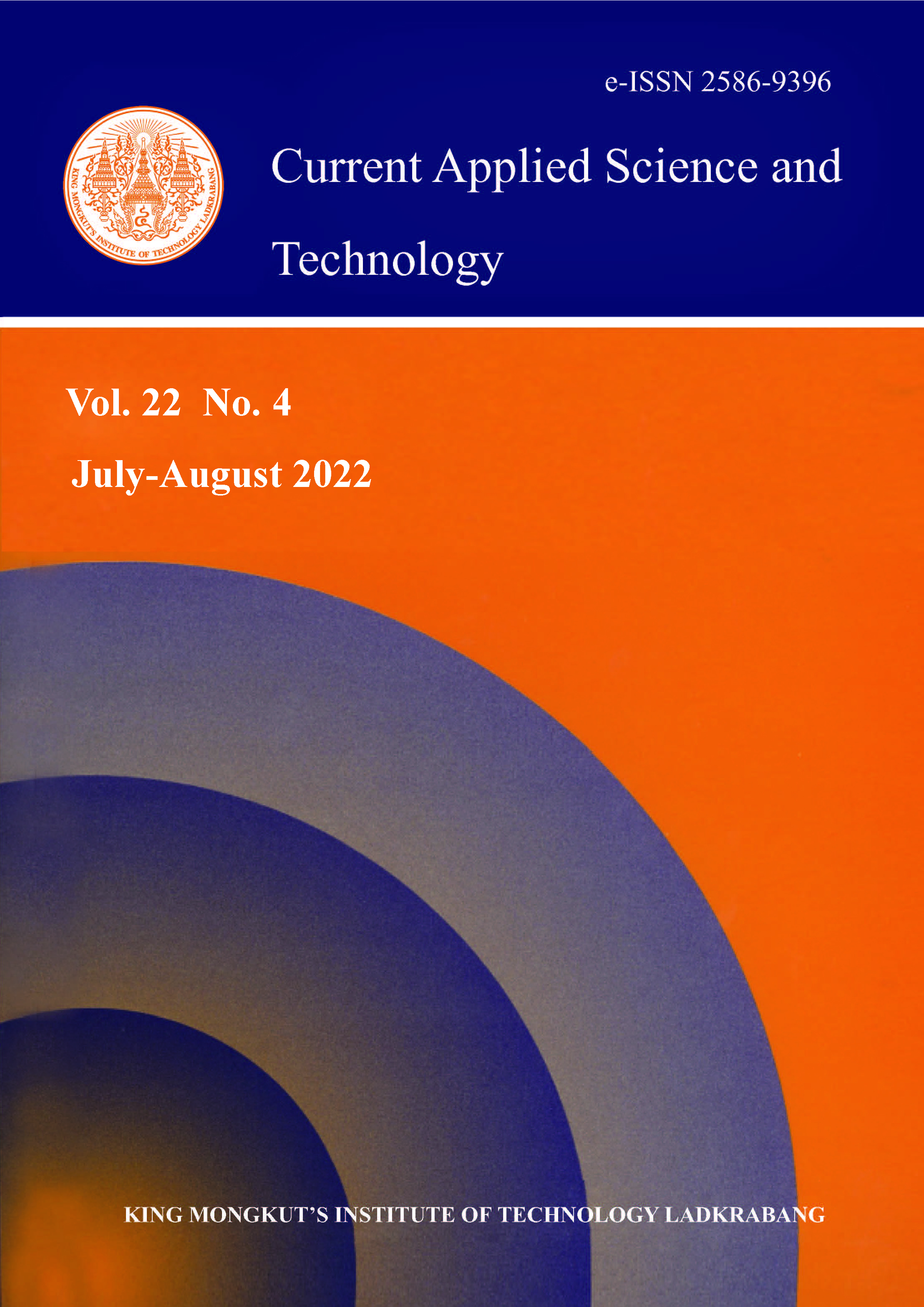The purposes of this study were to investigate the effect of firing temperature and utilizing residue materials on the physical properties and microstructure of the ecological wall tiles. Rice husk ash (RHA), clear glass cullet (CGC), and Ranong clay (RNC) were utilized. Eleven formulations were constructed and divided into two groups with different contents of RHA, at 10% and 20%. After molding by uniaxial pressing at 10 MPa, the tested specimens were fired at temperatures of 950 and 1050ºC, with heating rate of 100ºC/h, and soaked for 1 h. The bending strength of specimens fired at 1050ºC were enhanced by up to 205% compared with specimens fired at 950ºC. Formula B1, fired at 1050oC was optimal for further commercial production. It utilized 20 wt% RHA, 50 wt% CGC, and 30 wt% RNC which met the criteria of the Thai Industrial Standard (TIS) 2508-2555 type BIII. Moreover, the microstructure of specimens was characterized by scanning electron microscopy (SEM). It revealed that a glassy phase had developed in the high bending strength specimens under the influence of high firing temperature and CGC content. In addition, RHA residue material promoted a greyish color in ceramic bodies. Finally, it can be concluded that the valorization of RHA, CGC, and RNC in the development of ecological wall tiles with white-greyish texture was feasible.
Keywords: eco-friendly; wall tiles; rice husk ash; clear glass cullet; waste utilization
*Corresponding author: Tel.: (+66) 846763237
E-mail: ubolrat.w@eng.kmutnb.ac.th
Piyarat, N. ., Wangrakdiskul*, U. undefined. ., & Maingam, P. . (2021). Determination of the Firing Temperature and Optimum Ratio of Valorizing Rice Husk Ash, Clear Glass Cullet and Ranong Clay for Developing Ecological Wall Tiles. CURRENT APPLIED SCIENCE AND TECHNOLOGY, DOI: 10.55003/cast.2022.04.22.005 (9 pages). https://doi.org/10.55003/cast.2022.04.22.005

